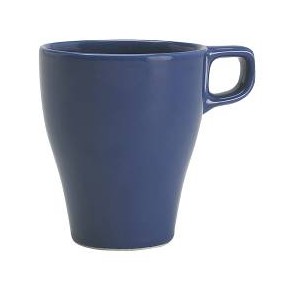
|
Tee-Seminar der AG KramerZeit und Ort:
|
Inhalt:
Mitglieder der Arbeitsgruppe und Gäste tragen über ihre laufenden Forschungsarbeiten vor, oder über Themen, die uns interessieren. Vor dem Seminar (ab 10:00) gibt es in Zimmer 301b Tee.
Vorträge:
23.05.17 Robin Loose (Münster), Hyperbolic groups and aspherical manifolds
Abstract :
The first part of the talk will be devoted to a short introduction to Poincaré-duality, in particular to Poincaré-duality groups. After all necessary notions
were explained, I would like to discuss the following central question.
In the second part, I would like to concentrate on the class of hyperbolic groups and mention basic tools as the Rips-complex, the Gromov-boundary and their interplay. The further goal is to explain why hyperbolic groups are suited to attack the above question and to present partial answers.
References: [Wal79] C. T. C. Wall, editor. Homological group theory, volume 36 of London Mathematical Society Lecture Note Series. Cambridge University Press, Cambridge-New York, 1979.
13.06.17 Nils Leder (Münster), The Normal Form for Graph Products of Groups
Abstract :
Given a graph Γ = (V, E) and a collection of vertex groups G Γ = (G v ) v∈V the
graph product W (Γ, G Γ ) is a group containing the G v as subgroups such that
any edge e = {v, w} ∈ E defines a commutator relation for all elements in the
vertex group G v with all elements in G w .
Thereby, the graph product construction generalizes free and direct products
in a natural way. The class of graph products includes interesting families of
groups, e.g. right angled Artin groups.
In this talk, we first introduce the concept of graph products and consider some
of their subgroup properties. For example, full subgraphs of the defining graph
Γ yield subgroups (which are graph products themselves) in W (Γ, G Γ ).
Then, we study the normal form for graph products which gives a criterion for
deciding wether two reduced expressions in elements of the vertex groups (called
letters) define the same element.
The normal form has some useful consequences, e.g. we can conclude that all
reduced expressions of an element use the same set of letters. Moreover, one can
understand the structure of some centralisers and characterize finite subgroups
of graph products.
11.07.17 Rupert McCallum (Tübingen),
Abstract :
In this talk I shall be describing results obtained from a joint research project with Ming-hsuan Kang of Chiao-Tung University, Taiwan, and a conjecture that we have formulated which generalizes the results obtained so far.
Suppose that G=SL_2(F) for some non-archimedean local field F, and that Γ is a discrete torsion-free co-compact subgroup of G. Ihara showed how to associate a complex power series called the Ihara zeta function with any such Γ. It can be thought of as revealing combinatorial information about the quotient of the Bruhat-Tits tree of G by the action of Γ, which is a finite graph. Later this was generalized and a notion of Ihara zeta function was formulated for arbitrary finite graphs.
In the case just mentioned where G=SL_2(F), it can be shown that there is a relationship between the Ihara zeta function and an alternating product of determinants of twisted Poincaré series for parabolic subgroups of the affine Weyl group of G. We shall describe how this can be generalized to split simple algebraic groups of rank two over F. This will involve formulating a generalization of the Ihara zeta function to finite simplicial complexes of dimension greater than one (the quotients of the Bruhat-Tits building of the groups in question by the action of a discrete subgroup). Then we shall state a conjecture about how this might generalize further to algebraic groups of higher rank. The results obtained for split groups of rank two have been submitted for publication but the conjecture is still open.

